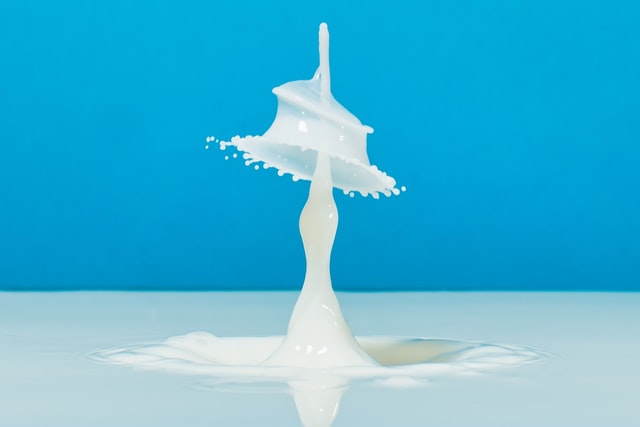The early history of the windmills is much contested and it is not known for sure when or where it first appeared. Some date it as far back as Babylonia in the seventeenth century B.C.E., while others claims it was not until 200 B.C.E. that wind power was used to pump water in China and mill cereal in Persia. It is, however, reliably documented that windmills were widespread in Persia by the seventh century C.E. they ground grain between milestones rotated by wind blowing on woven reed sails mounted around a vertical axis.
The earliest European windmills were built in France and England in the twelfth century and are thought by some to have been the result of a transfer of knowledge from the returning Crusaders. However, the horizontal-axis mills of northern Europe bore scant resemblance to their Persian counterparts and were probably an entirely separate development.
Windmills became increasingly practical with the advent of fantails to turn them automatically into the wind, and improved sails for efficiency and control. Until the dawn of the industrial revolution, windmills sprang up in their thousands throughout Europe and North America for grinding foods, sawing wood, and pumping water for drainage irrigation or desalination. Since the late twentieth century, wind-driver technology has gained economic importance in the form of wind turbines for electricity generation.
How does Windmill function?
The Wind Mill uses additionally bleeding edges to gain more breeze power thusly making more physical work be made. The bleeding edges are generally connected with a center point and a short time later provoke the mechanical assemblies of a pump or that of a devastating wheel to help make water system for alter age. Regardless of the way that there are many sorts of windmills, they all work fundamentally a comparative way. The sails or bleeding edges gather the breeze that streams over it, and use the lift to turn the sharp edges. The sharp edges are related with a drive shaft so when the breeze influences the front lines to turn, they by then rotate the drive shaft. This is then connected with a processor or to an electric generator to make control.
Wind plants can be utilized as remain solitary applications, or they can be associated in arrangement keeping in mind the end goal to join it with photovoltaic framework or other power stockpiling lattice. To accomplish most extreme vitality from wind it is important to use many breeze processes that we called windfarms in display day. There are numerous vitality suppliers who utilizes twist ranches to give modest and clean vitality to their client.
Present day wind process:
The advanced breeze plants are additionally called breeze turbine (as present day wind turbines tower are progenitors an old windmill) as it is proportional to windmill which has basic role of delivering power by gathering wind control with the insignificant effect on condition. Introduce day windmills that make electrical power are called wind turbines, and they have all the earmarks of being astoundingly interesting than the sorts found in history books. Exhibit day windmills are thin, smooth structures made of steel or aluminum, with three forefronts made of fiberglass fortified polyester or wood-epoxy. They can stretch out up to 90 meters tall, yet little turbines are in like manner open for private and autonomous organization use.
They are generally arranged in agrarian regions where generous plots of land are available, and cultivating practices are undisturbed by their action. Frequently arranged in swirling areas of the country, they can in like manner be produced toward the ocean to make usage of winds that range over the conduits. Wind produced vitality leaves no risky waste than can be dangerous to the two people and the earth. In any case, since the breeze does not blow incessantly, techniques for securing the power must be used, and furthermore elective procedures for making power.




